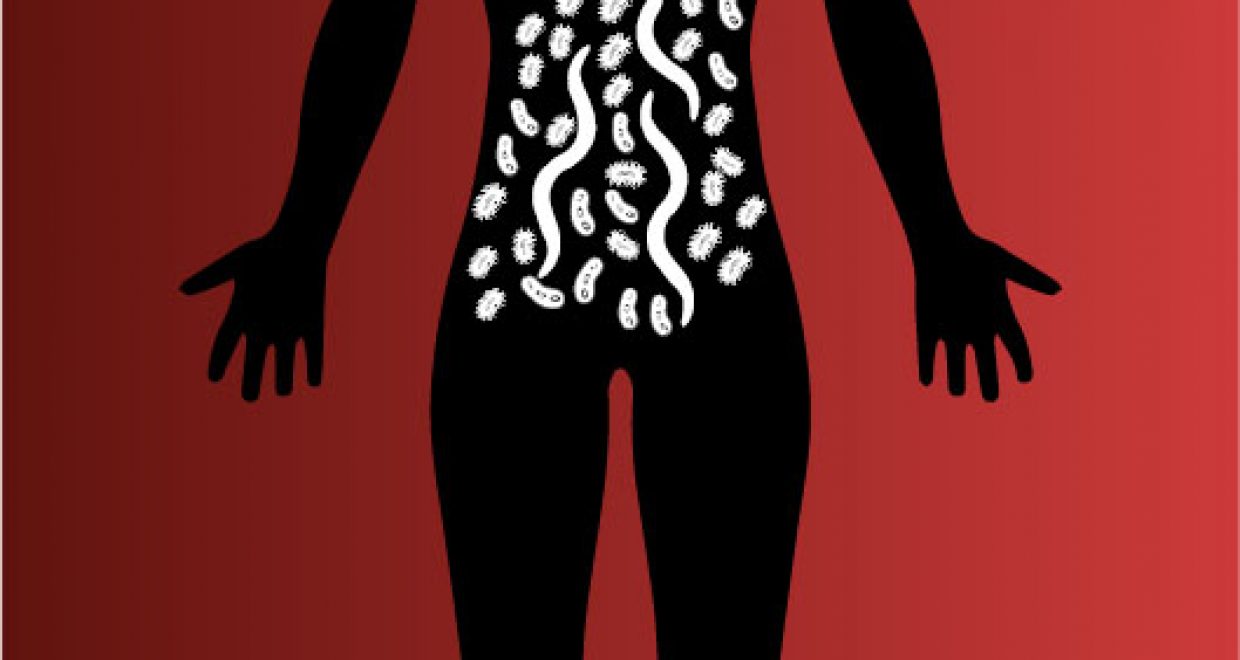Helminths and microbes within the vertebrate gut – not all studies are created equal
The latest Paper of the Month for Parasitology is Helminths and microbes within the vertebrate gut – not all studies are created equal
Gastrointestinal (GI) helminths, commonly known as parasitic worms, are a diverse group of organisms inhabiting the gut of vertebrates. In humans, infections by these parasites represent a major public health issue in endemic areas of South America, Africa and Asia, where they cause extensive morbidity and even mortality in some cases. Indeed, parasitic worms damage gut tissues and steal host nutrients, thus worsening conditions of malnutrition that are often experienced by these populations. Moreover, these worms are skillful suppressors of host immune responses; so much so that, in developed countries, the controlled re-introduction of worm infections into humans is being investigated as a potential new therapy against allergic and autoimmune diseases of modern times.
Parasitic worms, however, are not the only inhabitants of the vertebrate gut; indeed, they share their habitat with trillions of other microscopic organisms (including bacteria, archaea, fungi, protozoa and viruses) that, together, make up the gut flora, also known as the ‘gut microbiota’. The study of the human microbiota is currently in the spotlight, as demonstrated by the increasing efforts to develop new technologies that will allow fast and robust profiling of gut microbial composition and functionality. Importantly, since the vertebrate gut microbiota participates in a number of key biological processes that are essential for the host organism, including nutrition, immunity and maintenance of the intestinal barrier integrity, a number of questions have been raised on the impact that gut worms may exert on the ‘well-being’ of the resident microbiota. In particular, do worm infections change the composition and function of the gut microbiota? If so, how? And what are the ultimate consequences of these changes for the overall health of the host?
To answer these questions, over the past few years, a number of studies have investigated the effects of natural worm infections on the gut bacterial communities of populations from endemic areas of helminthiases. These studies have been carried out largely by comparing the composition of the gut microbiota of worm-infected volunteers with that of uninfected individuals from the same area and/or by characterizing the quantitative and qualitative changes in the make-up of the gut microbiota that followed administration of deworming compounds (= ‘anthelmintics’). The results of these studies have been often contradictory, which could make further investigations into the causality of worm-microbiota interactions challenging. In our article, we argue that the contrasting findings between studies result from the effect(s) of several confounding factors that inevitably characterize these investigations, and propose some methodological approaches that may assist to reduce their impact, and thus to advance this new knowledge into the field of translational research.
The full article is freely available to read and download until 31, October, 2019.






